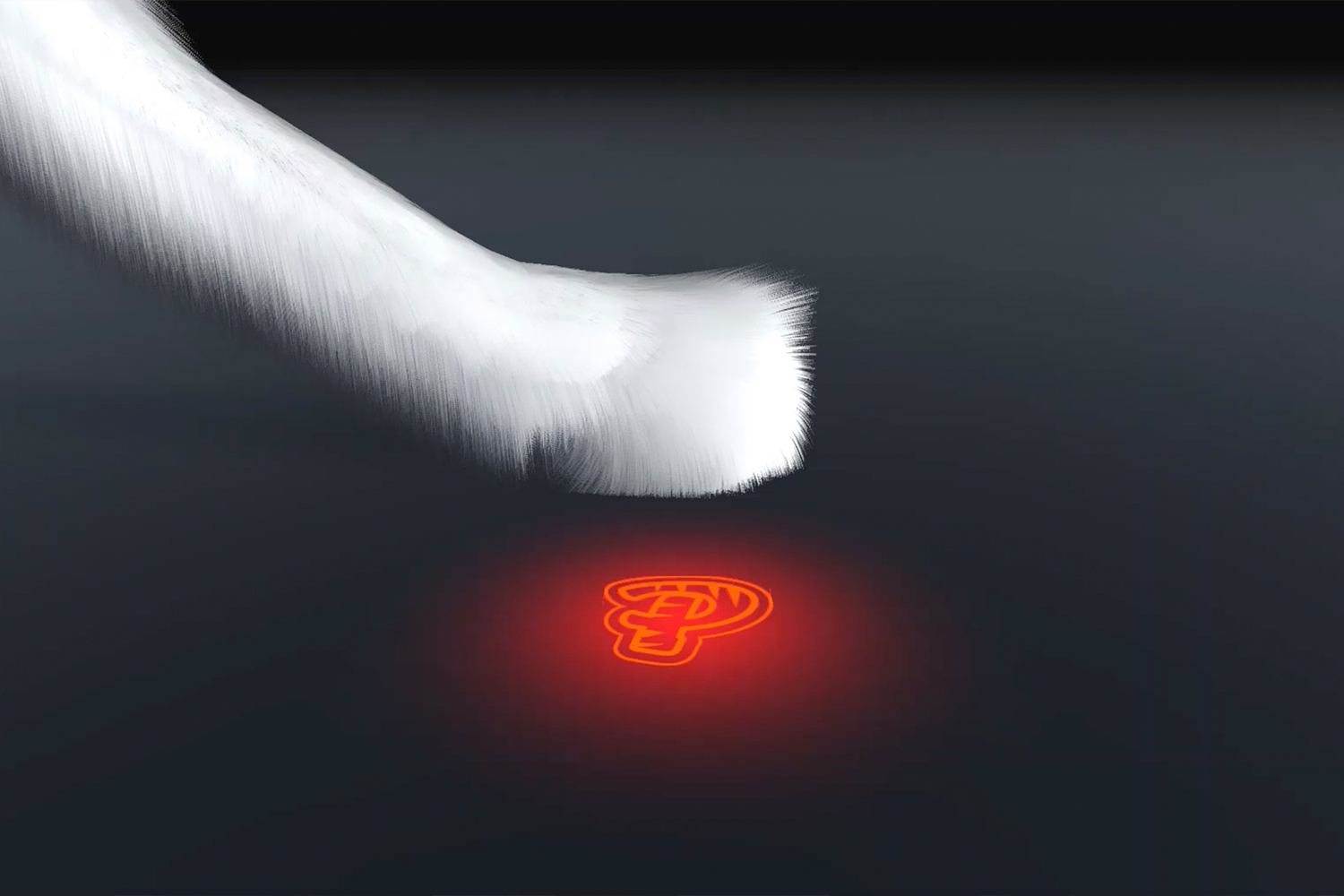You might be au fait with the metaverse, but what about the Petaverse? Susan and Lee Cummings, co-founders of Tiny Rebel Games, are convinced that virtual pets will play an important role in our futures.
In January, Cardiff-based Tiny Rebel Games raised US$7m to build the Petaverse Network, which is streets ahead of previous attempts at digital companions, like Tamagotchis and Nintendogs.
The aim is to create a web3 open standard where virtual pets can follow you through the metaverse and be passed down through generations. Able to exist on multiple blockchains through interpretable data, the digital companions will be resilient to evolving tech.
“I don’t see an AR wearables future without pets. I see people changing their virtual pets to match their outfits and moods. Pets have a positive effect on mental wellbeing, so why not augmented pets to make the world a better place?”
Lee Cummings
Tiny Rebel Games is building a variety of games and experiences for mobile, web and XR for these clever creatures. While currently going after NFT enthusiasts, next year the company plans to take its concept mass market with the launch of the natural successor to Nintendogs in a bid to tap into a 25 million-strong market.
The tech can be used across AR, VR, web and mobile devices, and even smartwatches. Their first litter is a mobile AR experience of a virtual cat with memories stored in real-time, created in collaboration with 3D development platform Unity.
So, what does all this mean for experience designers?
Well, as the lines continue to blur between our physical and digital selves, all experience designers should be thinking about how their experiences might translate to the metaverse.
Might the open-standard technology being pioneered by Cummings and co pave the way for interlinked experiences across devices and blockchains?
If we’re able to travel between virtual spaces with markers of our identity, how might we design those virtual spaces to accommodate this?
And how else might web3 technology elevate your experiences to new, unchartered heights?
To find out, we invited Susan Cummings to share what she’s working on while in conversation with Max Lenderman, the experiential marketing guru who gave us an overview of web3 for experientialists in Campfire 44: The Web3 Firestarter.
Don’t Compete: Collaborate
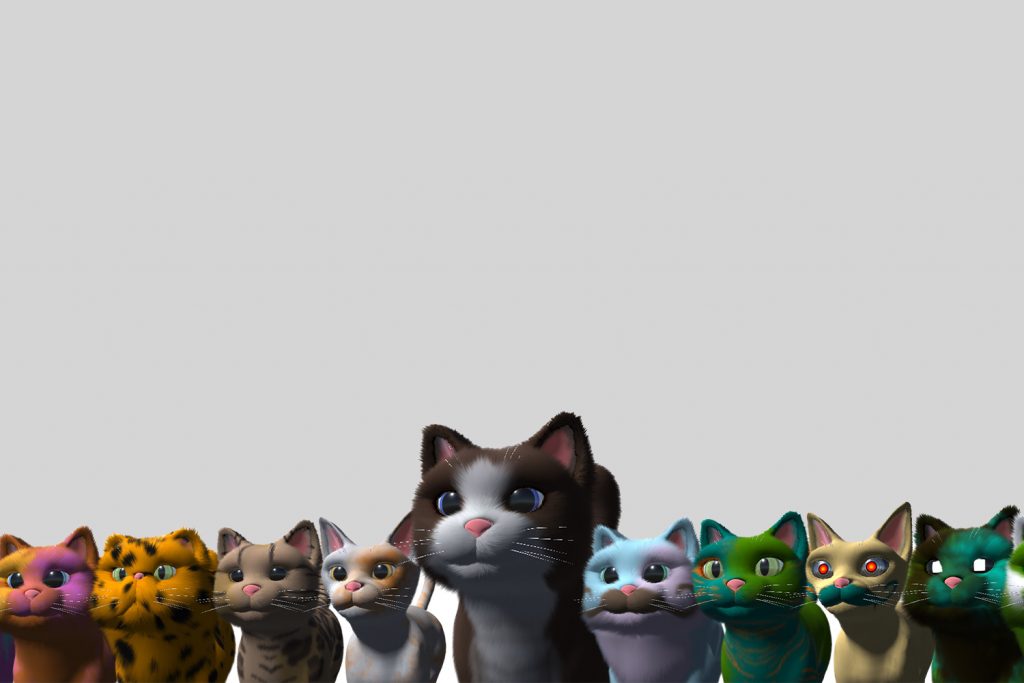
Cummings developed the Petaverse through a desire to fuse video games and AR.
With AR glasses still a long way off becoming mainstream, she spotted the untapped potential of web3 and blockchain tech as a means of bringing virtual pets to smartphones.
“We’re creating an open standard for how we think about digital pets, so we can bring them through lots of games and experiences – ours and everyone else’s. There will be metadata on each pet, about what they own and how they problem solve. We’re architecting it in such a way that it doesn’t matter what blockchain you’re on.”
Susan Cummings
As the furry companions move from platform to platform, they will be reinterpreted along the way – from anime to pixelated pets – but their key physical characteristics will stay the same, so they’re recognisable across different blockchains.
“One of the things I love about web3 is that it’s cool to collaborate with everybody. We think of people as collaborators and potential partners, not competition.”
Susan Cummings
Rather than a destination, Cummings describes the metaverse as “the plumbing”, and “how we get from place to place”.
She believes the success of the Petaverse will hinge on people being able to enjoy interacting with their pets on different blockchains, from Ethereum and Polygon to Solara, rather than being wedded to one. For this to happen, blockchains need to be on board with the idea of interoperability and move away from the current desire for exclusivity.
For Communities, Not Just Crypto Geeks
Another key to success lies in making it as easy as possible for people to both understand and play in the arena, which is currently the preserve of crypto geeks and can seem impenetrable to outsiders due to all the technical lingo linked to web3.
There are multiple blockchains, multiple ways to build on them, and multiple communities that appropriate the different chains, so you have to be able to appreciate the communities behind each chain.
“When buying a virtual pet, we want it to feel like an in-app purchase with a credit card or Apple Pay, and later people can decide if they want to treat it like an NFT by selling, breeding or minting it.”
Susan Cummings
Cummings was honest about the fact that making purchases in the metaverse isn’t easy at the moment, and banks are wary of MetaMask – a cryptocurrency wallet used on the Ethereum blockchain. “It feels a bit nefarious right now and we have to get past the friction, as user adoption lowers with every additional step within the purchasing process,” she said.
Merging The Metaverse And The IRL World
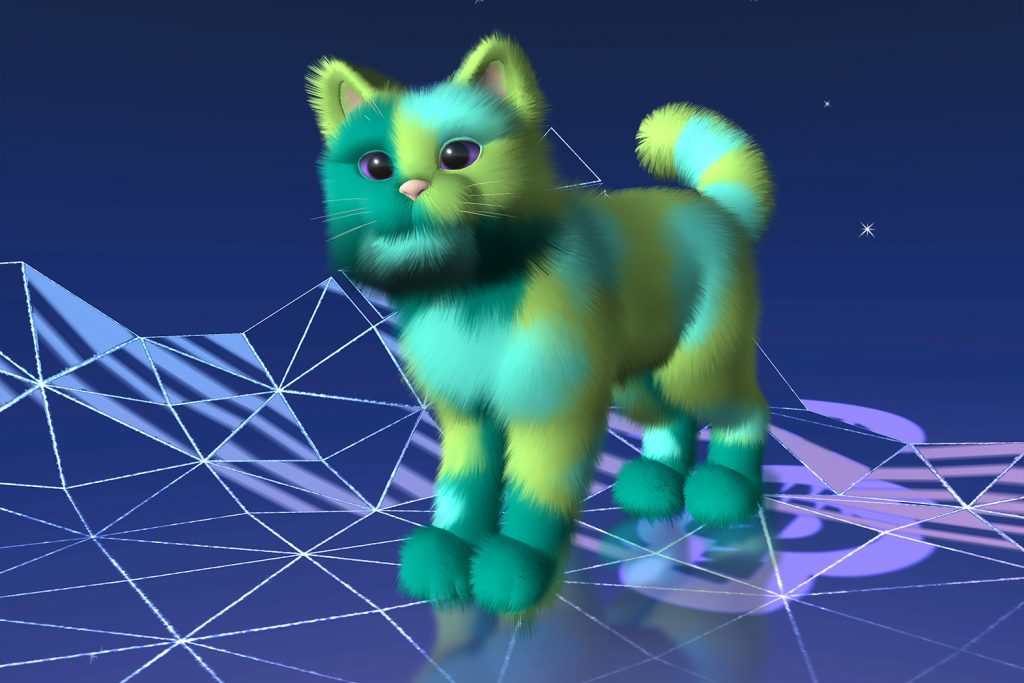
Perhaps having feelings for a virtual pet is completely viable. Think of the film Her, which sees Joaquin Phoenix fall in love with an empathetic operating system voiced by Scarlett Johansson, as another example of how the lines between the physical and virtual worlds are becoming increasingly blurred.
But how might these pets fit into the real world? Using AR and AI tech, the animals will be able to problem-solve in real time, seeking out food in real-life locations when they get hungry. How effectively they problem solve gets stored to metadata, so the next time they looks for food, they have some sense of where it might be.
The emergence of 5G phone tech will change the game, allowing for more real-world interactions with your virtual pet, and for the pets to have a greater understanding of their real-life environments.
“We want developers to put these pets into their games and metaverses, and independent creators to create new experiences around them. They’re not just tokens; what’s meaningful about them is that you can buy something and know that it will be relevant 30 years from now, so you can pass it onto your kids.”
Susan Cummings
For experience creators, this provides an additional dimension or layer to our experiences, whether digital or real-world. How might you design a space where people can bring their own interactions with them, for example? Or how might you design an element to your experience that can be “passed down” to future generations?
Platform Hopping And Deathless Daemons
Cummings is keen for her pets to be able to migrate across platforms and for developers to be able to put them into their games, and is working to make it free and easy for online gaming platforms like Roblox to design versions of the virtual pets using Tiny Games metadata. For the pets to be able to platform hop, the various platforms need to support Unity, as the creatures were built by the 3D development platform.
Proving anything is possible in the digital realm, unlike real-world pets, virtual pets will be able to live forever; a feat that may disrupt how we think about pet ownership, allowing our beloved pets to live on in digital form for eternity.
“We want to be able to allow people to recreate their pets in the future. Imagine when your pet dies, being able to still experience it. Maybe it starts off as a baby again, and you get to watch it grow up.”
Susan Cummings
“It reminds me of The Golden Compass where you have your little soul-bound daemon that follows you. In the Petaverse, you could have that with the same operability in between worlds, and it follows you as your inspiration.”
Nick Bernardini
The concept of the eternal pet also reminds us of The Happiness Machine, a short story by Ray Bradbury that explores the idea of plugging into a machine that would make you happy for the rest of your life, but would ultimately turn your life into an unreal experience.
From Metaverse To Mass Market
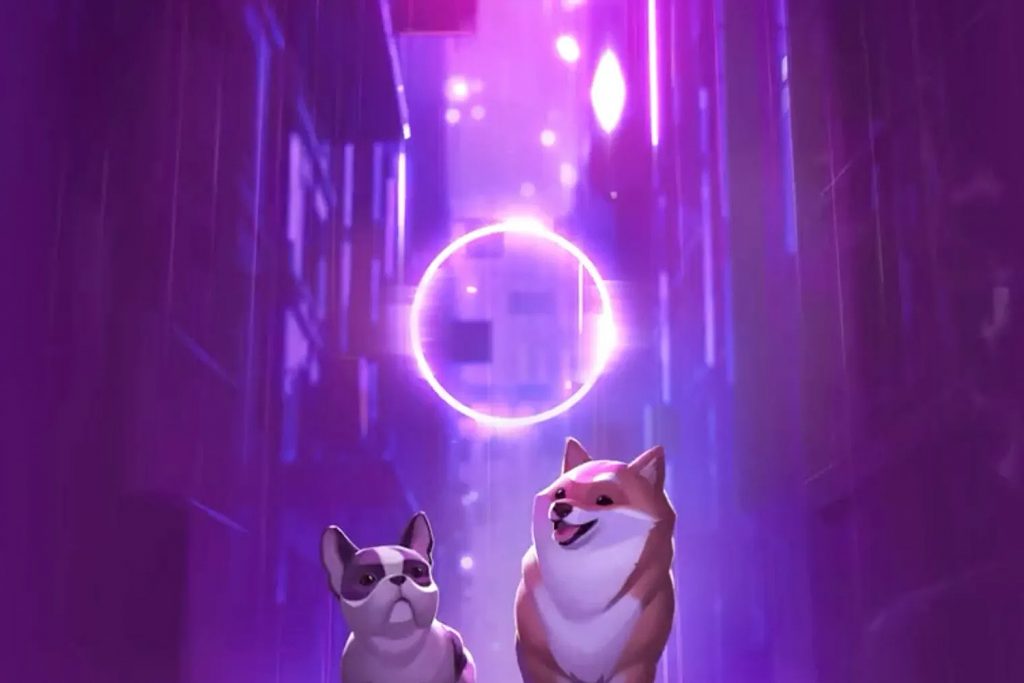
One of the biggest challenges of building The Petaverse is getting the word out. Currently, around 10,000 people in the world are responsible for around 90% of NFT purchases. When it comes to web3, you’re only as strong as your community members. Tiny Rebel Games has a head start, having built up 90,000 Petaverse community members on Discord.
“We want to go after the mass market and they’re not buying NFTs right now. We want to start with a small core group of super committed NFT collectors and grow from there. Tesla started with a really expensive sports car and eventually became mass market.”
Susan Cummings
Natalia Skibenko posed the question of whether the same technology could be used to create virtual children. For Cummings, the possibilities are endless.
“Now we’re letting people make digital babies and the baby gets to grow up, so I guess there’s no reason why not. The tech can be used on anything that’s a non-playable character. It’s an avatar that you’re controlling, so whether that’s a pet, a baby, or a robot, or an alien, anything can be a sidekick.”
Susan Cummings
NFTs: The Best Mechanism With The Worst User Experience
Part of the appeal of these virtual pets is that each one is entirely unique and the rarer the animals are, the more valuable they’ll be as NFTs. “Rarity trades in NFTs is an important metric. The CryptoPunks that have a cigarette in their mouth are much more valuable than those that don’t,” Lendeman pointed out.
The value of NFTs lies in the access that owning one affords the user. You’re essentially buying your way into an influential community and becoming a member of an exclusive club. “Owning an NFT is like hiring a venture capitalist firm; you’re part of a community of 100,000 millionaires,” Lenderman said, though he was quick to point out that the current system is fundamentally flawed.
“An NFT is one of the best loyalty card mechanisms I’ve ever seen, with the worst user experience attached to it. The tech for real-world experiences is really valuable, but to get people to understand, use and move with it is really hard. It’s like trying to get to a lemonade stand via a rickety rope bridge across a lake filled with snarling alligators.”
Max Lenderman
This presents a massive opportunity for experience designers. How could we use our skills to make the user experience of NFTs – and the metaverse at large – more accessible to all?
Identity Theft In Web3’s Wild West
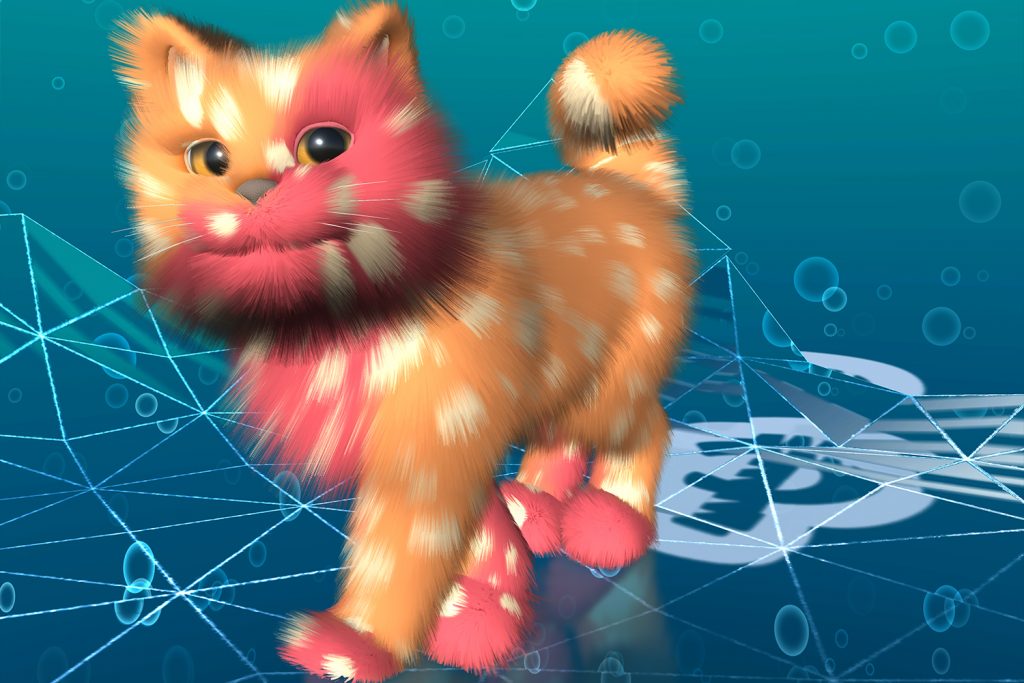
“There’s a dystopian aspect to web3 in that there’s nowhere to go when something goes wrong, and no clarity on important questions like ‘do I get taxed on this?’ Right now, a small group of people are making a lot of money, and there are lots of loopholes that people are using. It’s the Wild West – some people get shot, others own everything.”
Max Lenderman
The creation of virtual pets also calls into question the multiple opportunities for identity theft in the metaverse and how to prevent it. For Lenderman, it all comes down to trust.
“The fundamental question is how to create trust in a theoretically trustless system. Right now web3 is rife for that kind of personal threat. People are not only losing money, but also their identity on the blockchain. Hackers can wreak havoc. Right now it’s directed towards money, but as those cracks get tighter, the next frontier is going to be digital identity theft.”
Max Lenderman
Balancing URL-Centric And IRL-Centric
“For a lot of people, their digital life is more important than their IRL life as a means of self-expression, forging friendships and making money. The peephole they see the world through is more URL-centric than IRL-centric.”
Max Lenderman
Perhaps the secret to a fulfilling existence is finding the right balance between operating in the physical and virtual worlds, rather than becoming too reliant on the digital realm.
“There’s an opportunity to help people not only enjoy games but also enjoy IRL. It’s our job as experience designers to think about how we onboard people and how we entice people in the first place, because we want to give people a full life rather than the Happiness Machine. If you didn’t do anything digital, you’re missing out hugely, but if you don’t do anything in real life, you’re also missing out hugely.”
James Wallman
Enraging Versus Engaging Your Audience
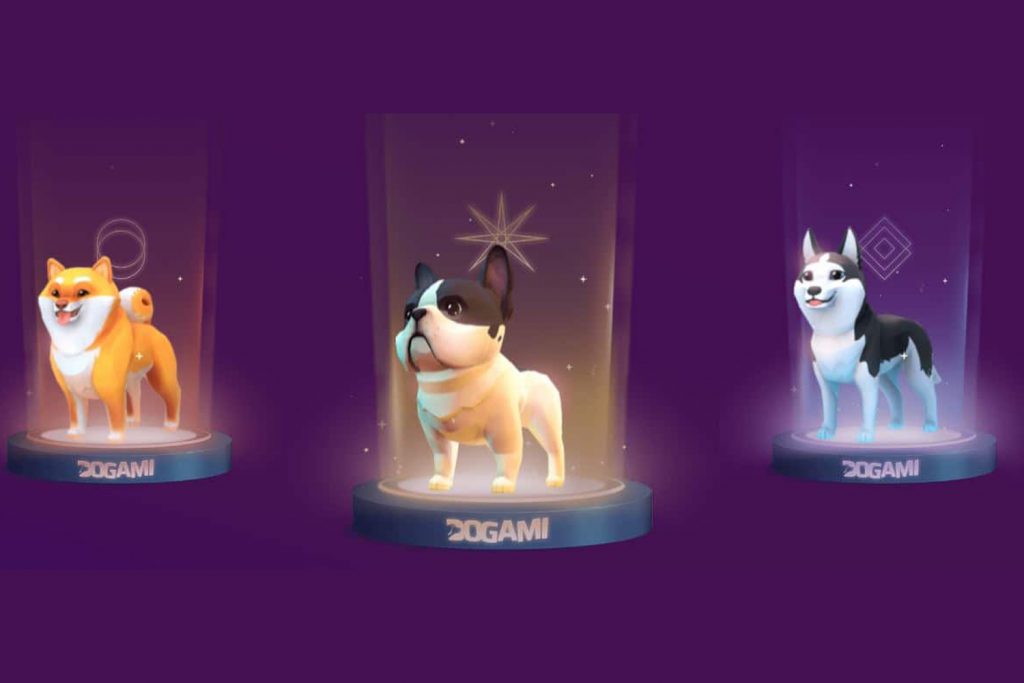
Advertising in web2 often feels intrusive and even annoying – think of pop-ups, or those advertising banners that follow you around sites.
Nick Bernadini feels that web3 will change the face of advertising, shifting the focus from incessant noise to on-demand experiences.
Brands will be able to collect first-party data via interactive experiences and games that their audience can engage in, rather than force-feeding people promotional material they haven’t sought out. This approach gives brands the chance to reward consumer engagement in real time.
“In web2 users were the product, while in web3 brands can create cool experiences that users can interact with in their own time, rather than being pushed ads non-stop.”
Nick Bernardini
Speaking more broadly of NFTs, their long-term success lies in their IRL utility. Those that don’t offer real-world perks – like Bored Ape Yacht Club’s recent Snoop Dog and LCD Soundsystem concerts for members – will see their popularity wane.
The WXO Take-Out
The web3 technology being pioneered by forerunners like Cummings has implications for anyone who designs experiences in the metaverse.
Like most of the space, the nascent tech has huge potential to transform the way brands interact with users, paving the way for on-demand, more rewarding experiences where people can bring their digital selves.
However, it also presents huge challenges – from how to balance our IRL and URL identities, to identity theft, to fixing issues of accessibility and user experience.
But who better to meet these challenges than experience designers?
Want to be part of the most inspiring experience conversations in the world? Apply to become a member of the World Experience Organization here – to come to Campfires, become a better experience designer, and be listed in the WXO Black Book.

